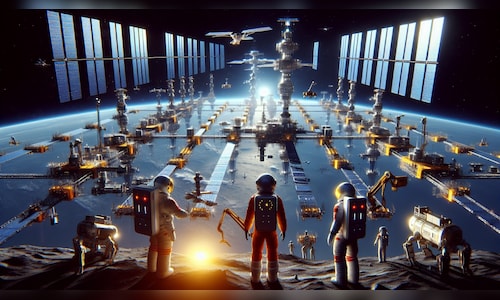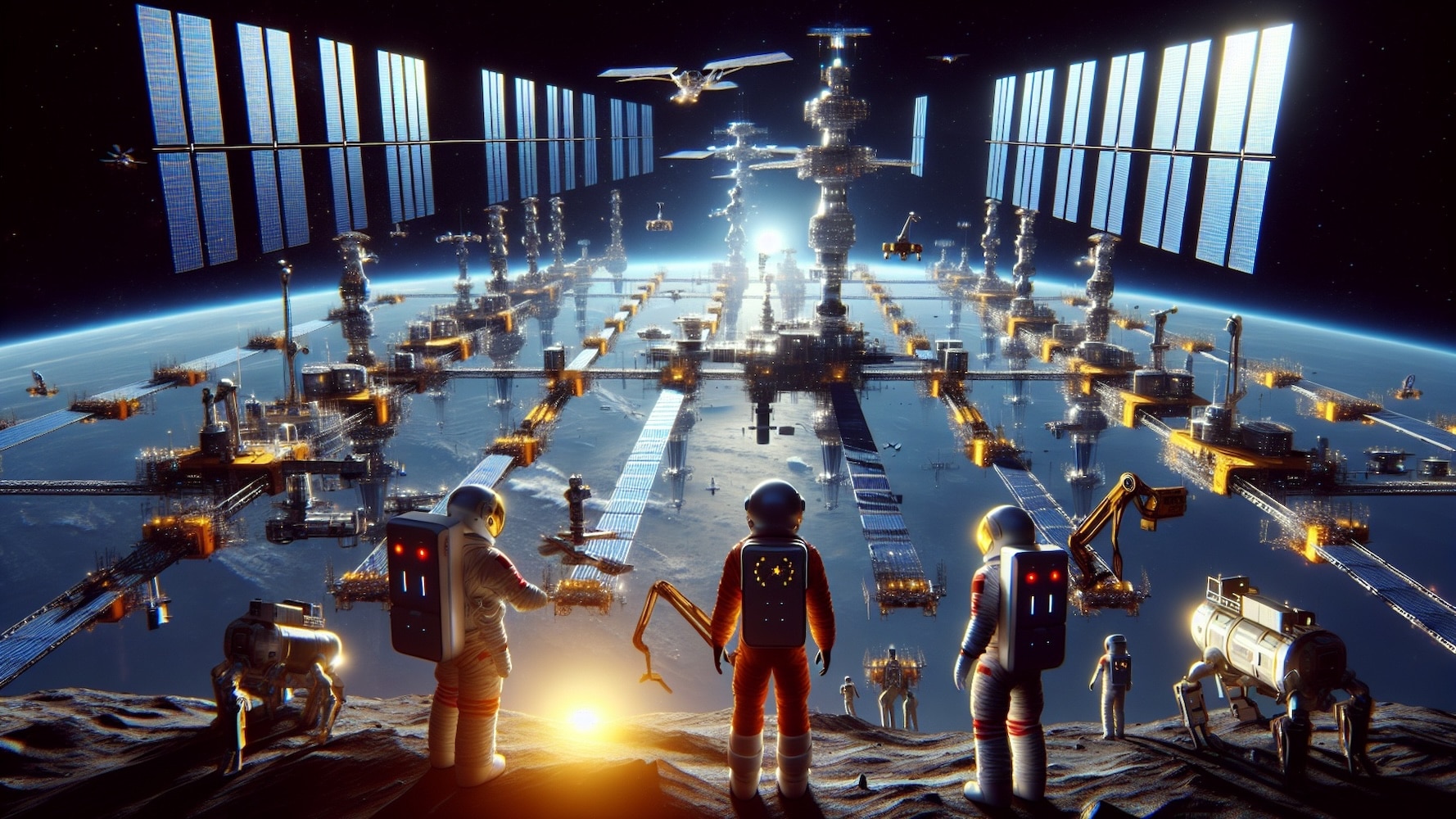

The project, referred to as the “Manhattan Project” of the energy sector, aims to collect energy from the sun in Earth’s orbit and transmit it to the ground to provide continuous power. These solar stations can collect energy without being affected by day-night cycles or weather conditions.
“We are working on this project now. It is as significant as moving the Three Gorges Dam to a geostationary orbit 36,000 km (22,370 miles) above the Earth. This is an incredible project to look forward to,” said Long Lehao.
During a lecture at the Chinese Academy of Sciences (CAS) in October, Lehao said that it involves installing a solar array 1 km wide along the 36,000 km geostationary orbit. The energy collected in a single year would be equivalent to the complete amount of oil that can be recovered from the Earth. His speech transcription was released later by the academy on December 28.
The Three Gorges Dam, built on the Yangtze River, is the largest hydropower project in the world. The dam produces around 100 billion kWh of electricity yearly. Significant advances must be made in heavy-lift rocket technology for the transportation of necessary materials into space. Additionally, new technologies are needed to transmit energy from space to the ground.
Developed by Long’s team, the reusable heavy-lift rocket Long March-9 (CZ-9) is the launch vehicle for the project. The rocket has a launch thrust of approximately 6,000 tonnes and a takeoff weight of more than 4,000 tonnes. It can transport up to 150 tonnes to low Earth orbit.
In a 2022 interview to introduce the design of the CZ-9, Long said that the rocket features a diameter of 10.6 metres (34.7 feet) and will reach 110 metres. “A major use of the rocket will be the construction of space-based solar power stations.”
The outlet further mentioned that other technologies for space solar power stations are also in progress, including the first experimental space solar power station in Bishan and the world’s first complete ground verification system for space solar power stations, among others.
(Edited by : Vivek Dubey)



